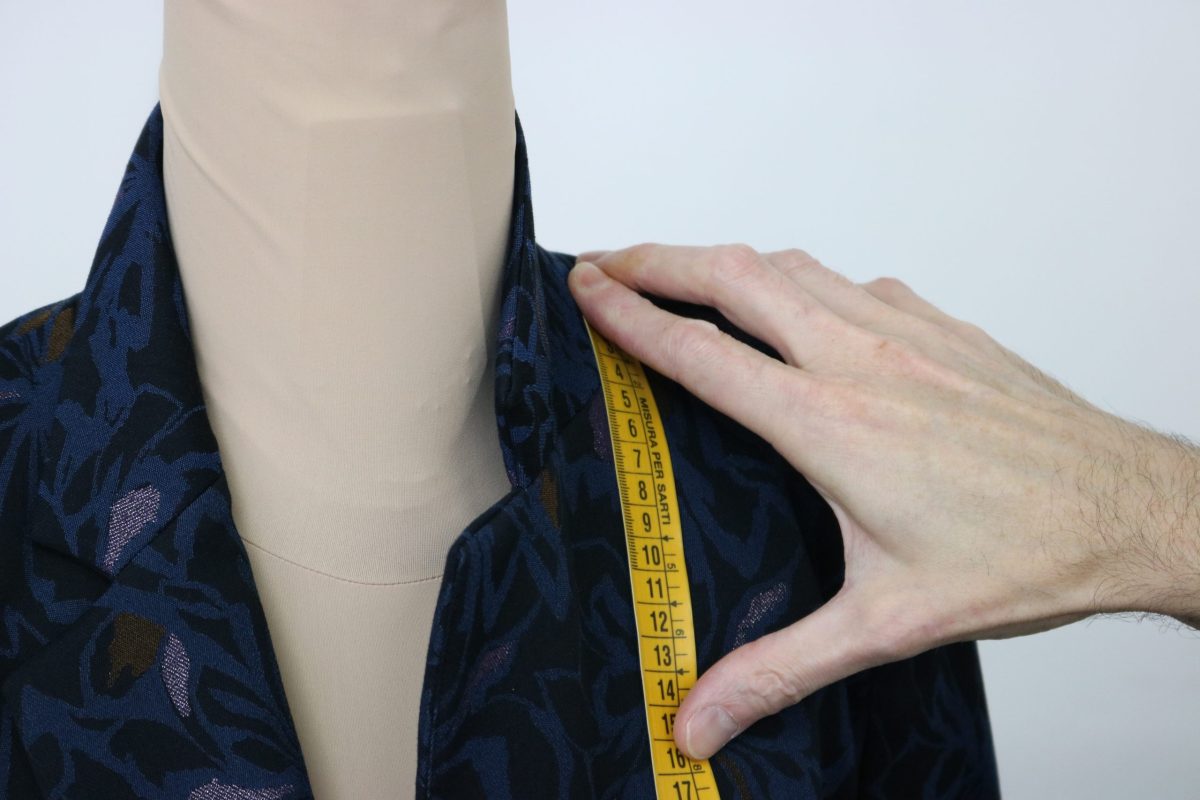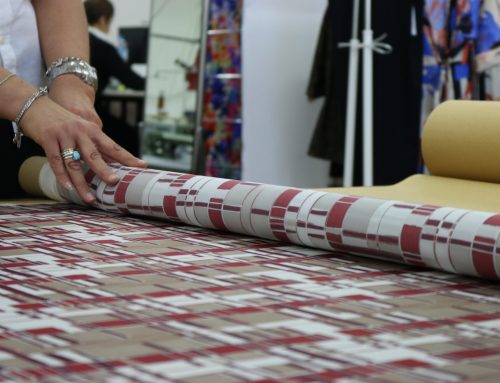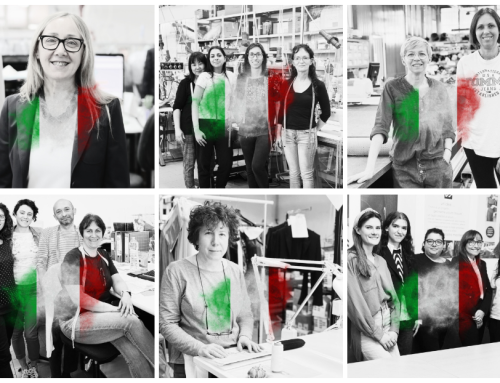
Working with cotton in the textile industry involves several key processes from the raw cotton fibers to the production of finished textile goods. Here is an overview of the various stages in the textile industry where cotton is processed:
1. Cotton Ginning:
The first step is ginning, where raw cotton fibers are separated from the seeds using a cotton gin. This process helps clean and purify the cotton fibers.
2. Carding:
After ginning, the cotton fibers may go through carding machines. Carding aligns the fibers to make a continuous web, removing any remaining impurities.
3. Spinning:
Carded cotton fibers are then spun into yarn through the process of spinning. This step involves twisting the fibers to create a continuous strand of yarn.
4. Weaving or Knitting:
Yarns are used in either weaving (for woven fabrics) or knitting (for knitted fabrics). Weaving involves interlacing yarns at right angles to create a fabric, while knitting forms fabrics by interlocking loops of yarn.
5. Dyeing or Printing:
Once the fabric is formed, it may undergo dyeing or printing processes to add color or patterns. This step enhances the aesthetic appeal of the final textile product.
6. Finishing:
Finishing processes are applied to improve the fabric’s texture, appearance, or performance. This can include treatments for softening, wrinkle resistance, or adding special finishes.
7. Cutting:
After finishing, the fabric is cut into pattern pieces based on the design specifications for the final product.
8. Sewing:
The cut pieces are then sewn together to create the final textile product. This can include clothing, home textiles, or other items.
9. Quality Control:
Throughout the entire process, quality control measures are implemented to ensure that the finished products meet industry standards and customer expectations.
10. Packaging and Distribution:
Finally, the finished textile products are packaged and distributed to retailers or consumers.
Working with cotton in the textile industry requires expertise in each of these stages to produce high-quality and market-ready textile goods. It’s a comprehensive process involving both manual and automated processes to transform raw cotton into the final products we use in our daily lives.
We hope this article has been helpful as you embark on your cotton fabric project!
If you’re looking to create cotton garments, Crea-Si can assist you. With thirty years of experience in crafting clothing from various fabrics, contact us for more information or to present your project!





